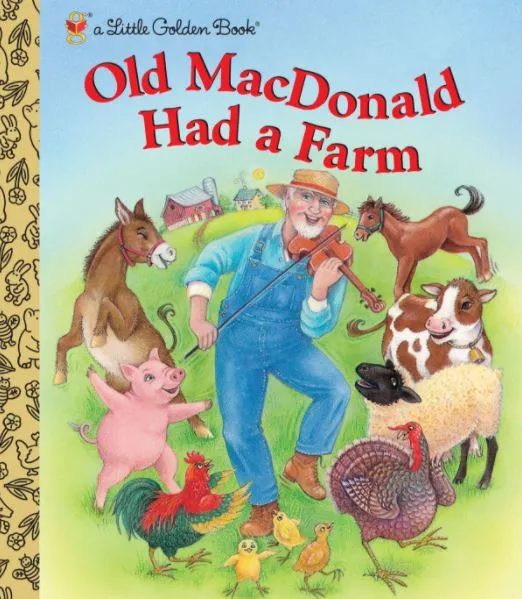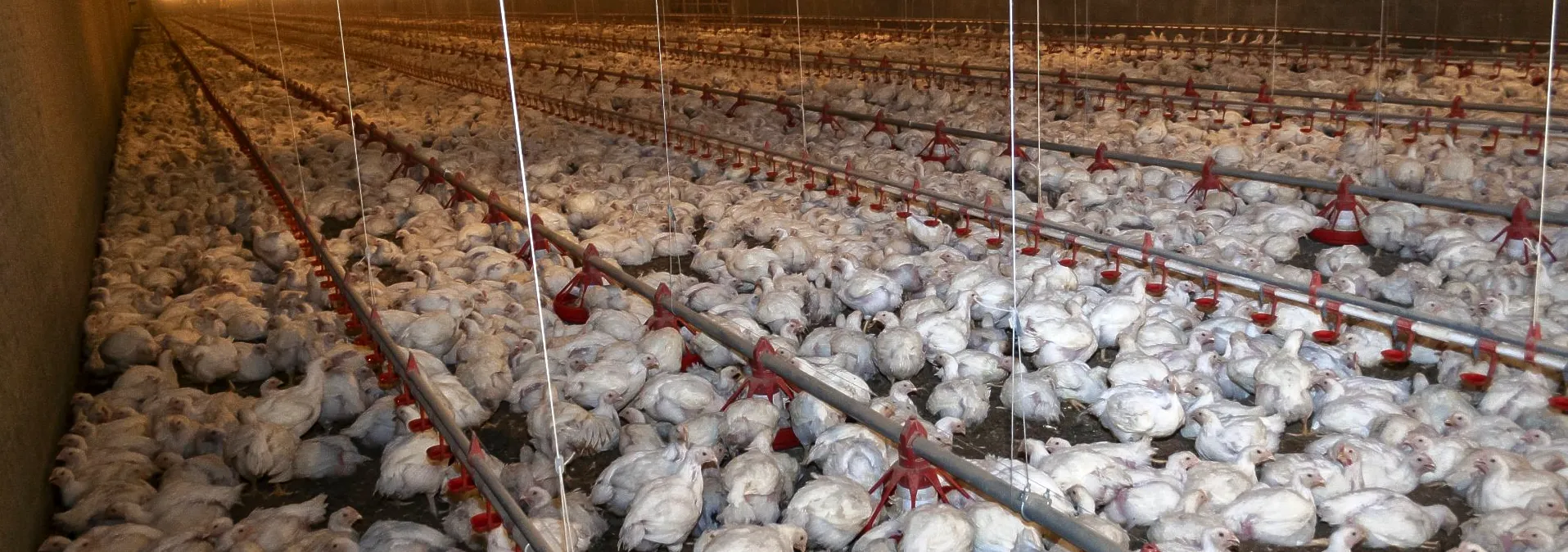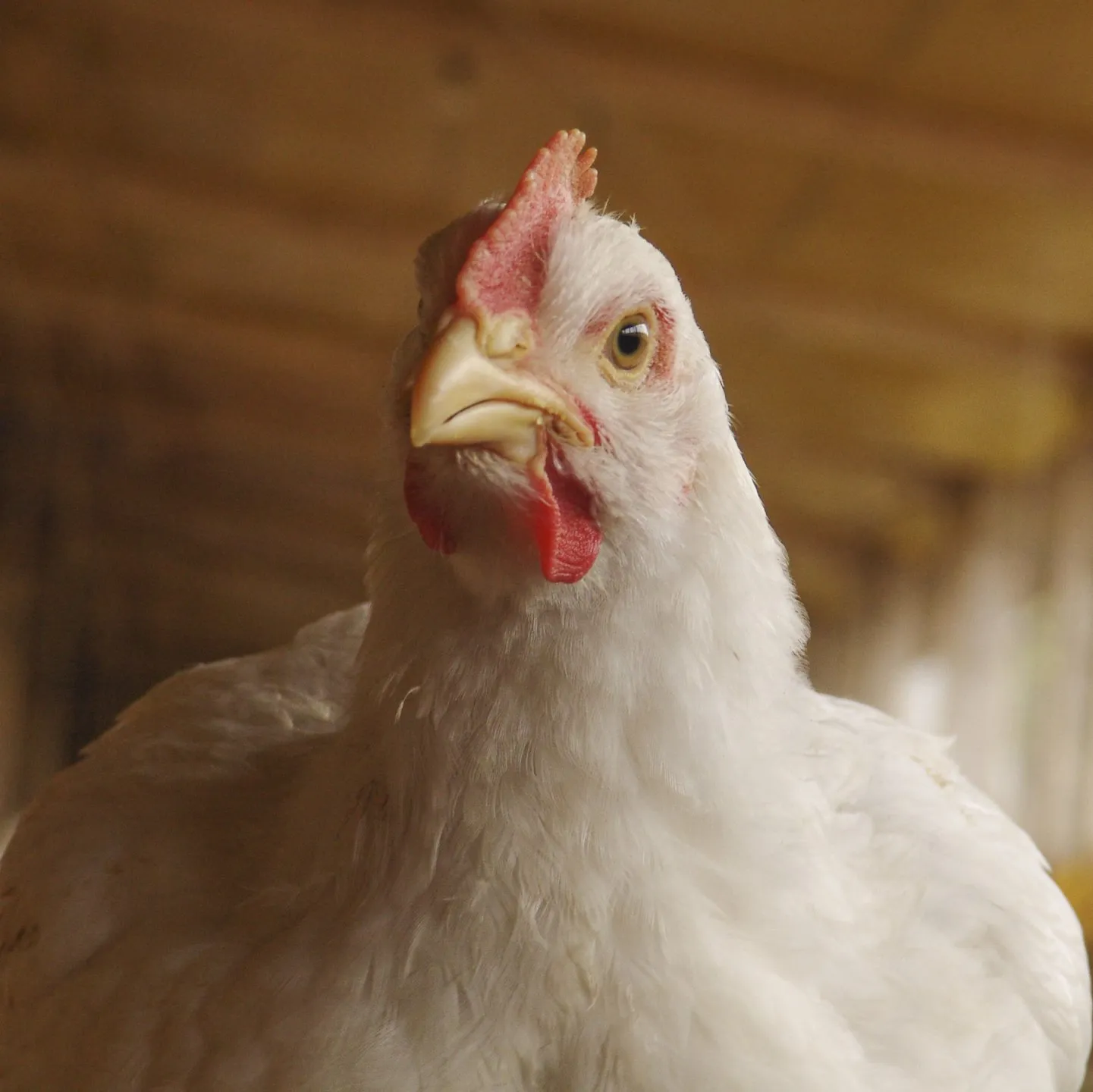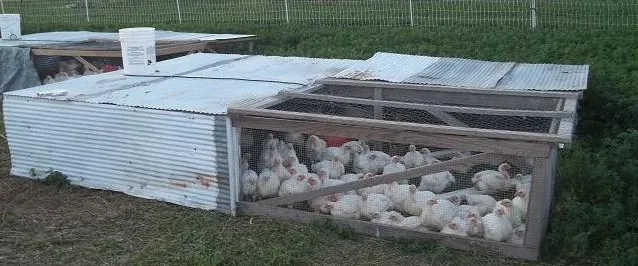-
Your cart is currently empty
Subtotal: C$0.00
We've been raising meat chickens (broilers) for decades and have learned a thing or two about what works and what doesn’t in our Alberta climate. Unfortunately nothing is as simple or easy as it seems. Consumer demand for chicken has skyrocketed since the 1970s and this has prompted the livestock industry to develop breeds and systems to simplify and speed up the finishing process. Broilers, with large breasts, have all but replaced the dual purpose breeds that my pioneer ancestors raised. Back then the females became layers and the males became dinner, hence dual purpose, but this is no longer the norm.

Maximizing production is the goal of many people in agriculture because it's so expensive to feed livestock. Today most broiler chickens are raised inside barns in free-run (cage free) environments. Birds raised for conventional markets, like mainstream restaurants and big box stores, have stocking rates of 20 birds, or 38 kgs, on average per square meter. To prevent illness in high density flocks, they're often fed antibiotics, although this has decreased the last few years due to growing concerns about antibiotic resistance. The demand for cheap food means profit margins are slim and it's cheaper to raise 100,000 chickens in a barn than in smaller flocks. It's hard to balance animal welfare with production when multi-national corporations compete on price in big box stores to draw consumers in. For more information see the article What's the Cost of Cheap Food?


Most organic chickens are also raised inside barns. Think of big box stores, like Costco, that sell fresh organic chicken. Do you think the massive volume of birds needed to supply these stores are running around outside in a barnyard? Unfortunately that's what a lot of people assume. There are some important differences with how organic chickens are raised. First of all, their stocking rates are closer to 10 birds per square meter, which is much better. Organic birds also need access to an outdoor pen, but only when the weather permits. Most pens are simply clay lined enclosures, but at least the birds can get some fresh air and sunshine. Unfortunately, even when these birds have free access to the outdoors, most stay inside because they prefer a temperature controlled environment close to feed and water. The birds must also be supplemented with organic feed and cannot be fed antibiotics or animal by-products.
Some producers raise chickens outside in Alberta during the warm summer months, but the word free-range is loosely defined under these production models. Most pastured poultry are raised using moveable Joel Salatin style chicken tractors (cages) that are 12X12 feet in size and stocked with 100 to 140 birds each. Some producers move their birds once a day onto fresh pasture and some twice, but due to the concentration of birds in these pens the grass doesn’t last long and is usually grazed off within an hour. Like virtually all poultry, pastured chickens rely on the grain ration they are provided with. Unfortunately some producers market their pastured poultry as “grass-fed” which is misleading because they're also fed grain. So is pastured poultry more ethical than raising chickens inside a barn? On the surface it might appear that way, but in reality it’s not that simple.

We raised pastured poultry on TK Ranch for many years and came to the conclusion that it wasn't that animal friendly for several reasons. To begin with, meat chickens have very short lives, most are slaughtered between 5 and 8 weeks of age. Chicks must be brooded in a warm building for three to four weeks so they're fully-feathered to withstand cooler nights outside. Once put into pens on pasture, they face significant risks from predators and severe weather. Our first year we lost 20% of our birds to badgers, foxes, skunks, weasels, and coyotes digging under the pens. In a severe thunderstorm we lost 200 birds to wind even though we had staked down the pens. A friend of ours lost 1,200 birds in 40 minutes to heat stroke when the temperature spiked to 37C without a wind. Even though her birds were supplied with shade, they couldn’t escape from the heat and perished. Another friend lost 300 birds due to extended cold wet weather. After many years of trying to make pastured poultry work we stopped raising broilers altogether. We decided that for the significant effort and expense it took to raise chickens we couldn't risk predator or weather losses to put them on pasture in small pens for two or three weeks of their lives. It didn’t make sense or cents, especially in our cold northern climate.
After many requests from our customers to add chicken back to our product offering, we thought long and hard about the best way forward. We decided to take a middle of the road approach that would address our predator and weather concerns without compromising animal welfare. Raising small flocks of broilers in uncrowded low density housing seemed like the most balanced approach, especially since we offer chicken year round and live in a cold climate. Since we didn't have a chicken barn on TK Ranch, we decided that partnering with another farm that could raise birds properly for our program, would be a good option. After two years of interviewing potential partners, we chose a very progressive Hutterite Colony located close to TK Ranch. They agreed to raise small flocks of 2,500 birds for us every 10 weeks in low density housing. They target 4 birds per square meter when the birds are fully mature. They also custom mill all feed to our stringent specifications and do not include soy, corn, antibiotics, GMOs or animal by-products as part of the ration. They add essential oils, vitamins and minerals to to boost bird immune function naturally. This colony is very invested in raising poultry for TK Ranch and works hard to meet our stringent animal welfare and quality protocols. They even built an on-farm abattoir to ensure the birds were slaughtered in an ethical manner. In a world where chicken production is not black and white, they're doing an exceptional job for us.